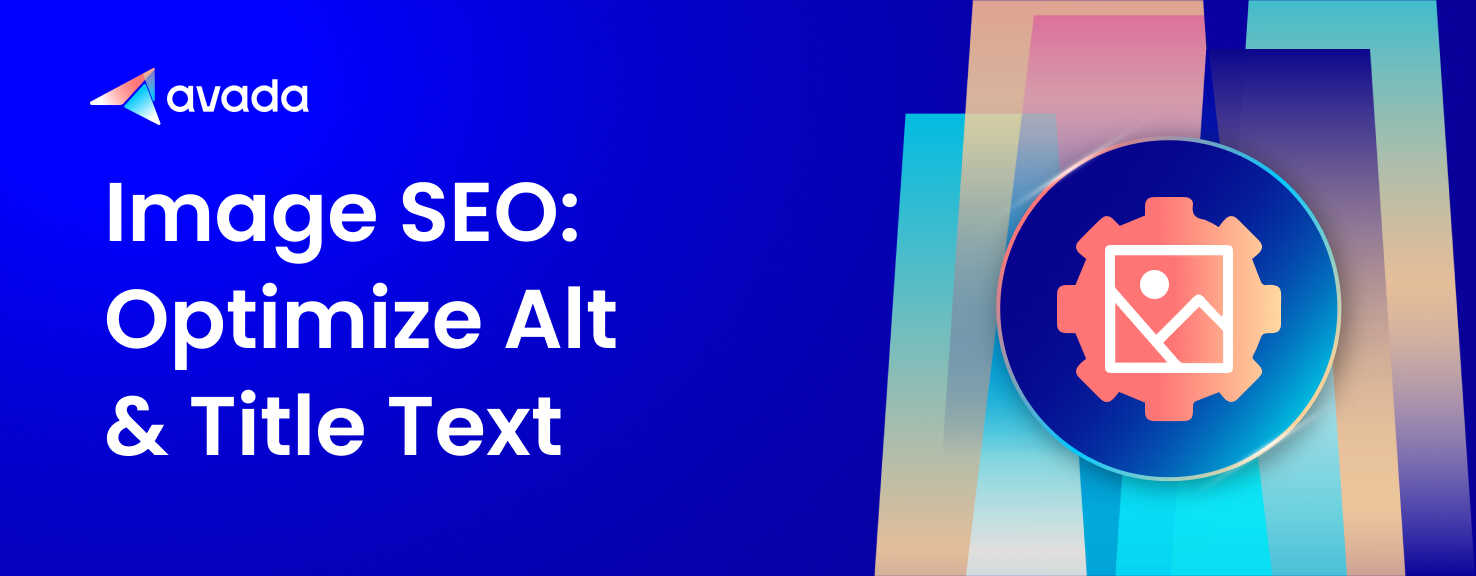Image SEO: How to Optimize Your Alt Text and Title Text

SUMMARY
-
📸 Image SEO is vital for enhancing user experience and improving site visibility on SERPs.
-
🖼️ Search engines rely on text-based elements like alt text and title text to understand images.
-
👓 Alt text is crucial for SEO and accessibility, providing descriptions for visually impaired users and when images fail to load.
-
💡 Title text offers additional information about an image, enhancing user experience and context, although it’s less important for SEO than alt text.
-
🎨 Crafting effective alt text requires a balance between being descriptive and avoiding keyword stuffing.
-
🏷️ Title text should be contextual, keyword-wise (if relevant), and succinct.
-
⚖️ The key to successful image SEO is balance - keywords should feel natural and not forced, always focusing on providing value to users.
Conclude: Image SEO is a crucial, often overlooked aspect of search engine optimization. It involves the proper use of alt text and title text to improve site visibility, accessibility, and user experience.*
Introduction: What is Image SEO
Image SEO is an aspect of search engine optimization that’s often overlooked. While you might be focused on optimizing your text content, it’s essential not to forget about the images on your website. They play a significant role in enhancing user experience and improving your site’s visibility on search engine results pages (SERPs).
Understanding the Importance of Image SEO
“A picture is worth a thousand words.” You might have heard this saying before. Indeed, images can often convey complex ideas much more efficiently than a block of text. But did you know that search engines can’t read images the same way humans do? They rely on text-based elements associated with the image, such as alt text and title text, to understand what the image is about.
Without appropriate alt text and title text, you’re missing out on an opportunity to improve your site’s SEO. Furthermore, these elements are crucial for accessibility, allowing visually impaired users to understand the content of your images through screen readers.
The Difference Between Alt Text and Title Text
Alt text, also known as “alternative text” or “alt attributes”, is used within an HTML code to describe the appearance and function of an image on a page. It is mostly used by screen readers for visually impaired users and also appears instead of an image if the picture fails to load.
On the other hand, title text, also known as “title tags”, provides additional information about the image and usually pops up when a user hovers over an image. It’s not as crucial for SEO as alt text, but it can enhance user experience and provide context.
Crafting the Perfect Alt Text
Creating effective alt text is more art than science. It requires a careful balance between being descriptive for users and search engines and not keyword stuffing.
Here are some tips:
- Keep it Descriptive: Your alt text should accurately describe the content of the image. For example, instead of using “dog” as your alt text, you could use “Golden Retriever playing fetch in a park.”
- Include Your Keyword: If it’s relevant, include your target keyword in the alt text. However, using too many keywords can lead you to penalties from search engines.
- Consider the Function of the Image: If the image has a specific function, like a button, include that in the alt text. For instance, for a button that leads to a contact form, use alt text like “button to contact form.”
Writing Effective Title Text
Though not as crucial for SEO as alt text, title text still plays a role in providing context and enhancing user experience. Here are some tips to write effective title text:
- Make it Contextual: The title text should provide additional information that complements the image.
- Use Your Keywords Wisely: Similar to alt text, if it’s relevant and doesn’t feel forced, include your keyword in the title text.
- Keep it Short: While there’s no hard and fast rule for title text length, it’s best to keep it succinct to avoid overwhelming users.
In Conclusion: The Power of Image SEO
The power of image SEO cannot be overstated. It not only helps to improve your website’s ranking on SERPs but also makes your website more accessible, leading to an enhanced user experience.
Remember the key to successful image SEO is in the balance. While it’s important to include keywords, they should feel natural and not forced. Your main focus should always be on providing value to your users.
New Posts







